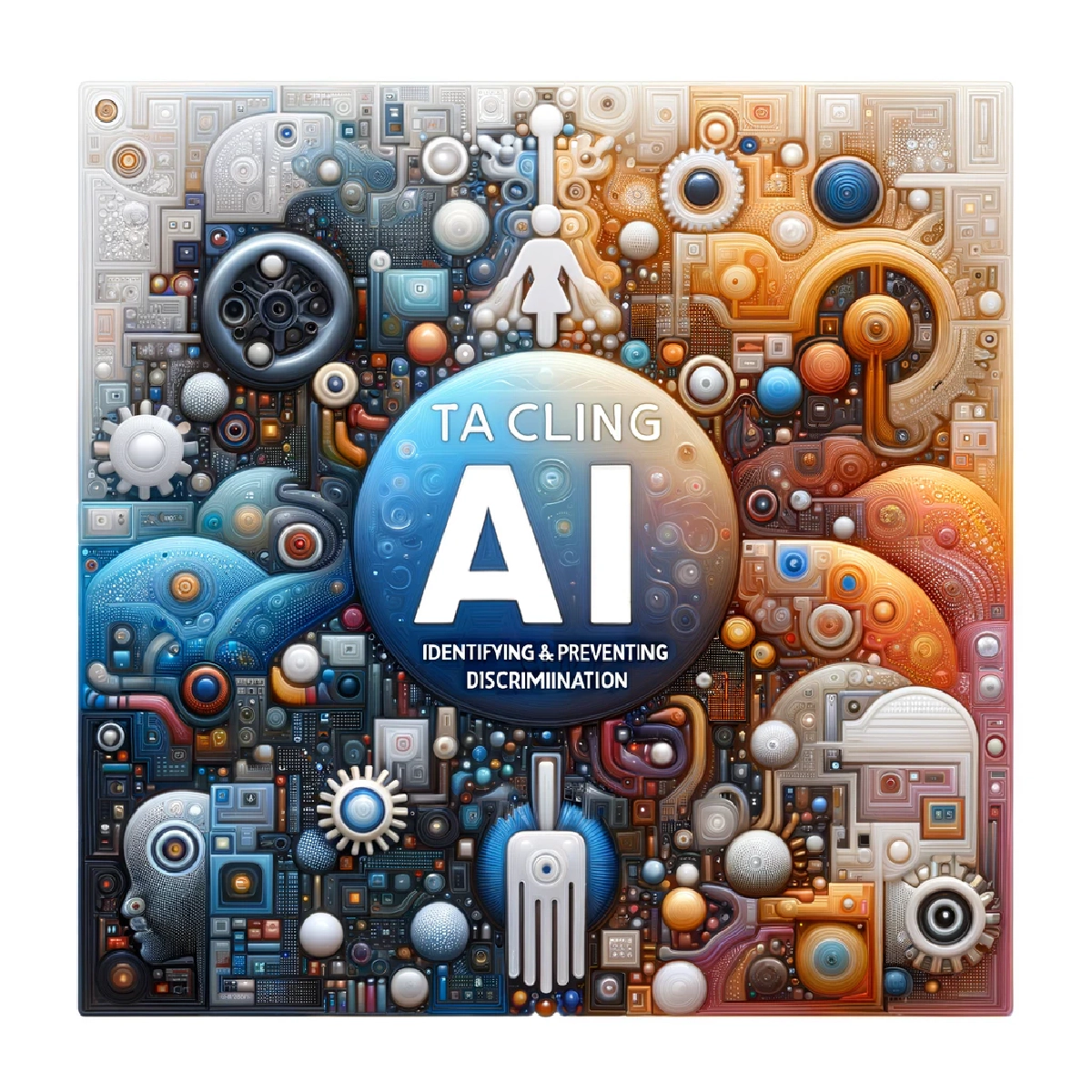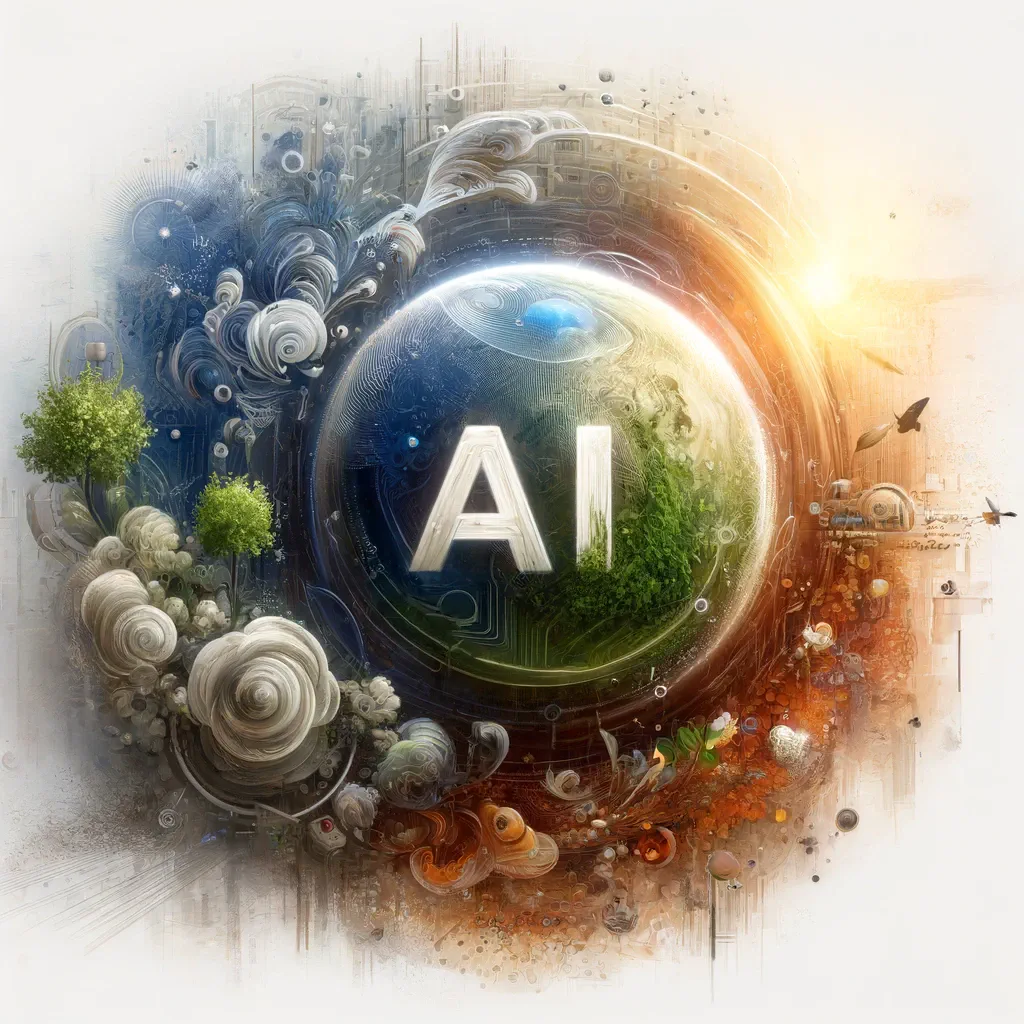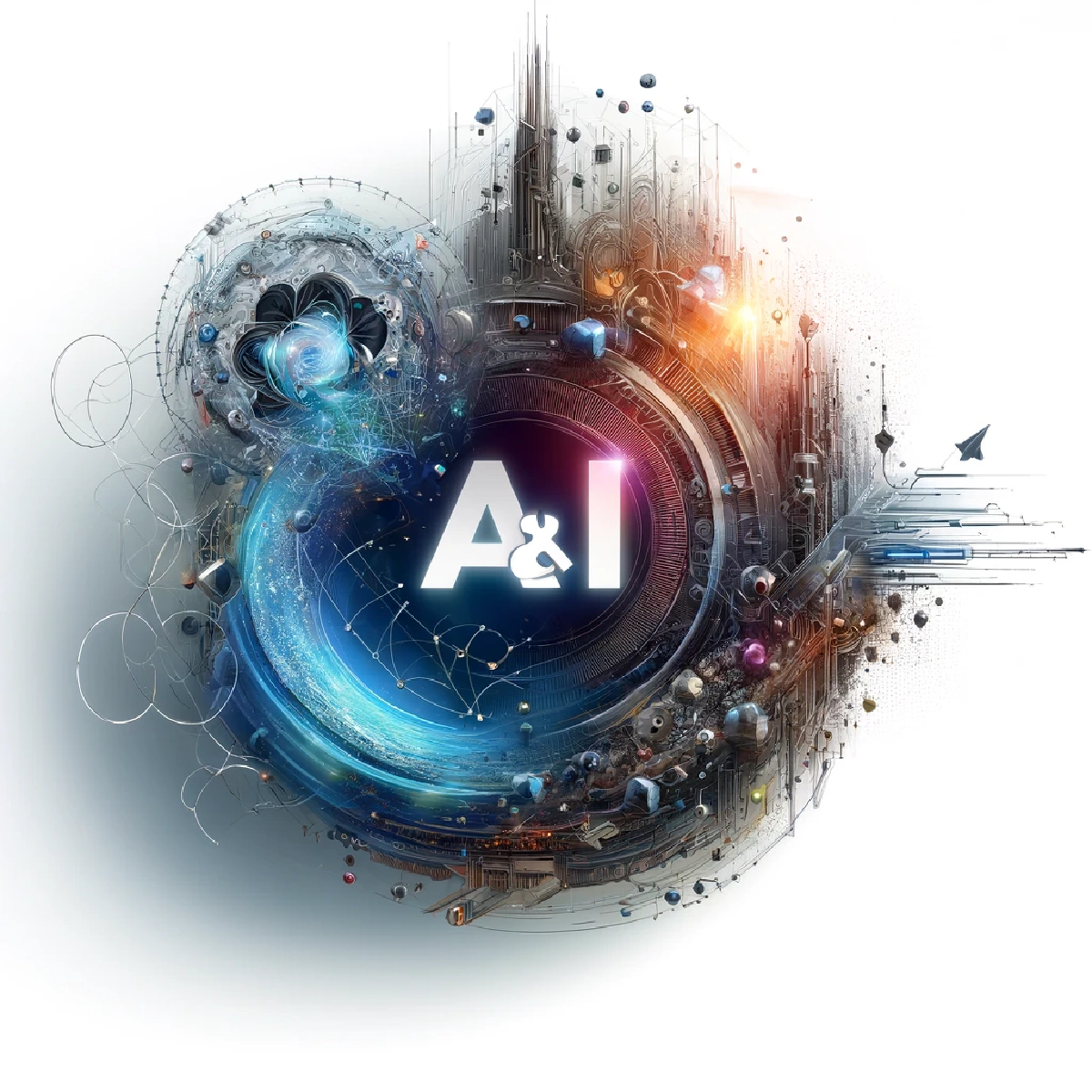
Tackling AI Bias: Identifying & Preventing Discrimination
13 Min read
Artificial intelligence (AI) has the potential to revolutionize numerous industries, but it is not without its pitfalls. …

In the face of escalating climate crises, leveraging advanced technology such as artificial intelligence (AI) has become a pivotal strategy. This article explores the multifaceted roles AI plays in environmental conservation, from enhancing climate modeling with precise data analysis and predictions to optimizing sustainable energy management. We delve into innovative artificial intelligence and climate change applications in renewable energy, agriculture, and wildlife conservation, highlighting how technology is not just a tool, but a transformational force in mitigating climate change
Let’s get started!
In the ongoing battle against climate change, AI has emerged as a crucial ally, particularly in the domain of environmental conservation. Its ability to process vast datasets has revolutionized our approach to monitoring and managing ecological systems. For instance, AI-driven platforms like Microsoft’s AI for Earth grant researchers the tools to track, model, and manage natural systems across the globe, enhancing our understanding and preservation efforts. Microsoft AI for Earth has leveraged machine learning algorithms for predictive analysis to anticipate environmental shifts and enable proactive measures
AI applications not only help in data analysis but are also playing major role in optimizing resource allocation for conservation efforts, ensuring that interventions are both timely and geographically precise. Through real-time monitoring using AI-infused drones and satellites, conservationists can detect illegal logging, track wildlife populations, and monitor forest health, fostering a more sustainable interaction with our planet’s resources
Artificial Intelligence (AI) is a great tool for the field of climate modeling, offering unprecedented capabilities to analyze complex data and make accurate predictions about future climate conditions. Machine learning algorithms can process immense volumes of data from diverse sources such as satellites, sensors, and weather stations, facilitating a deeper understanding of climate dynamics
Moreover, ai and climate change are connected through the climate research. For example, National Oceanic and Atmospheric Administration (NOAA) integrate AI to improve their predictive capabilities, resulting in more accurate and timely forecasting of extreme weather events
Using artificial intelligence climate change simulations and analyses, scientists are now able to predict long-term climate trends with greater accuracy. This capability is vital for developing effective strategies to combat global warming and its associated impacts on the planet. By leveraging deep learning and other AI methodologies, climate models continue to evolve, becoming more sophisticated and integral to our understanding of and response to how can ai help climate change.
Sustainable energy management is also only benefiting from how we produce, distribute, and consume energy. Technologies have streamlined the integration of renewable energy sources into the power grid, optimizing energy production and consumption to reduce waste and improve efficiency. Worth mentioning - DeepMind, which has been used to enhance the efficiency of wind farms bypredicting wind patterns and adjusting turbine settings before changes in wind speed occur, has achieved energy optimization output by as much as 20%.
In demand-response systems where smart grids utilize AI algorithms to predict energy demand fluctuations and adjust supply accordingly machine learning plays a significant role. This dynamic management helps maintain grid stability and ensures optimal use of renewable resources
Optimizing resource allocation through AI-driven environmental monitoring is another application of technology that enhances our ability to sustainably manage natural resources. AI tools are increasingly deployed to monitor environmental conditions and optimize the use of water, soil nutrients, and other critical resources. An excellent example is the use of IBM’s AI-driven technologies in agriculture, which help farmers apply water, fertilizers, and pesticides more efficiently, thus reducing waste and environmental impact. IBM Agribusiness
Other interesting direction is application of AI in image recognition. Satellite images analyzed by AI algorithms also plays a vital role in water resource management. It enables precise monitoring of water bodies, assisting in the distribution and conservation of water resources across vast agricultural fields and urban landscapes
AI in climate change and it’s innovations are playing a transformative role in climate change mitigation, providing tools that not only predict environmental shifts but also actively counteract the adverse effects of global warming. A key area of application is in the enhancement of renewable energy systems
AI is also pivotal in carbon capture and storage technologies. Companies like Climeworks use AI to enhance the efficiency of direct air capture systems, a critical innovation with the potential to remove CO₂ from the atmosphere on a large scale
Additionally, AI contributes to smarter urban planning. It aids in the design of cities that minimize heat islands and optimize energy use, thus reducing urban carbon footprints. The integration of these AI-driven strategies demonstrates significant potential for mitigating climate change by reducing emissions, enhancing energy efficiency, and developing sustainable urban environments
AI is transforming agriculture by improving sustainability and efficiency, crucial for addressing climate change. Precision farming exemplifies this, as AI algorithms analyze satellite and drone data to manage land resources optimally
IBM’s Watson Decision Platform for Agriculture integrates AI with weather data and crop models, offering real-time insights and recommendations to optimize farming practices and enhance crop resilience against climate variability.
AI plays a critical role in wildlife conservation and habitat restoration, offering tools that improve our capacity to protect ecosystems affected by climate change. As an example, Conservation Metrics uses AI to analyze audio data for monitoring endangered birds, aiding conservation efforts. For habitat restoration modern machine learning helps by analyzing environmental data to detect degradation patterns and prioritize restoration efforts
Deploying AI to combat climate change involves navigating challenges and ethical considerations to ensure fairness and sustainability. It’s crucial to examine potential biases and the impacts of AI in varied ecological and social contexts. For example, fairness in AI-driven resource distribution is essential to avoid exacerbating social inequalities.
Transparency and accountability are fundamental when integrating AI into environmental policies. Clear documentation of AI processes and outcomes is needed to build public trust and enable regulatory oversight. Organizations like the Algorithmic Justice League advocate for equitable AI development practices by promoting transparent and accountable coding methodologies.
A multidisciplinary approach involving ethicists, scientists, and technologists is essential to navigate the ethical landscape, ensuring that AI benefits all sectors of society and contributes positively to ecological preservation. Efforts include creating sustainable, ethical frameworks that maximize AI’s potential while protecting environmental integrity.
Bias and equity are critical concerns in AI applications, especially in climate change mitigation. Inherent biases in training data can lead to outcomes that disproportionately affect vulnerable communities. Efforts to address these issues must involve diverse development teams and consider a broad range of human experiences.
The AI Now Institute focuses on the social implications of AI, advocating for fairness and rigorous bias testing across AI systems to prevent social inequalities. Promoting ethical foundations in AI applications enhances their effectiveness and acceptability in combating climate change.
Achieving a balance between technological advancement and environmental preservation is vital for sustainable development. For instance, AI applications in smart grid management should consider the environmental impacts of new technologies, like the disposal of outdated infrastructure.
Adopting frameworks like the UN’s Sustainable Development Goals can guide the integration of environmental considerations into AI development, ensuring that technological innovations contribute positively to sustainability targets without compromising environmental integrity.
Transparency and accountability in AI-based environmental policies are essential for public trust and the effective achievement of environmental goals. Stakeholders must be well-informed about AI functionalities, the data used, and decision-making processes. The European Union’s AI strategy underscores the importance of ethical guidelines that advocate for transparency.
Accountability measures, including audit trails and third-party oversight, ensure that AI decisions in environmental management adhere to ethical standards and international environmental norms, fostering responsible innovation that aligns with societal and ecological values.
AI can significantly impact climate change by optimizing energy usage, enhancing the efficiency of renewable energy systems, and enabling smarter resource management. It aids in predicting weather patterns more accurately, which is vital for planning and mitigating climate risks.
Yes, artificial intelligence is considered a game changer for addressing climate change. It provides powerful tools for data analysis and decision-making that can drive more effective climate actions, from monitoring deforestation to optimizing energy systems for reduced carbon footprints.
AI reduces carbon emissions by optimizing transport routes, improving energy efficiency in various sectors, and facilitating smart grid management. It also helps in the development of carbon capture technologies and the efficient deployment of renewable energy sources like wind and solar.
AI environmental impact is substantial, offering both positive and negative outcomes. Positively, it enhances resource management and pollution control. Negatively, if not managed carefully, AI can lead to increased energy demands and electronic waste.
The disadvantages of AI on the environment include increased energy consumption, especially by large data centers, and the generation of electronic waste from outdated AI hardware. Additionally, AI can lead to unintended ecological disruptions if not integrated thoughtfully.

13 Min read
Artificial intelligence (AI) has the potential to revolutionize numerous industries, but it is not without its pitfalls. …

12 Min read
Quantum computing and artificial intelligence (AI) are two of the most revolutionary technological domains that are …
Looking for a solid engineering expertise who can make your product live? We are ready to help you!
Get in Touch